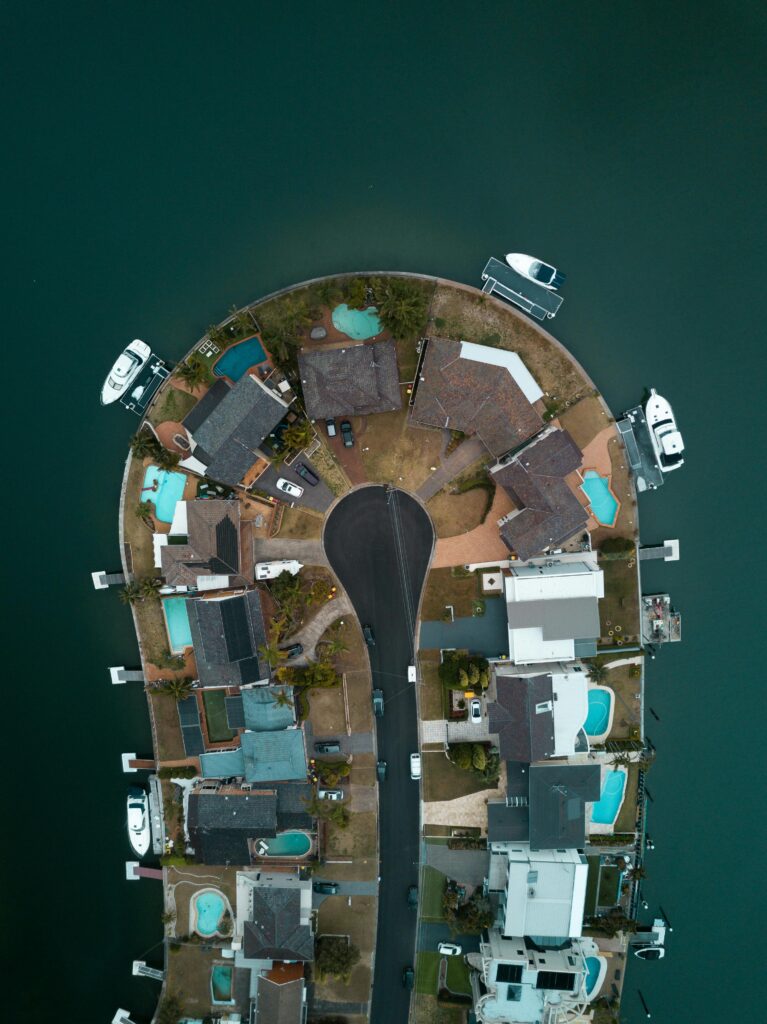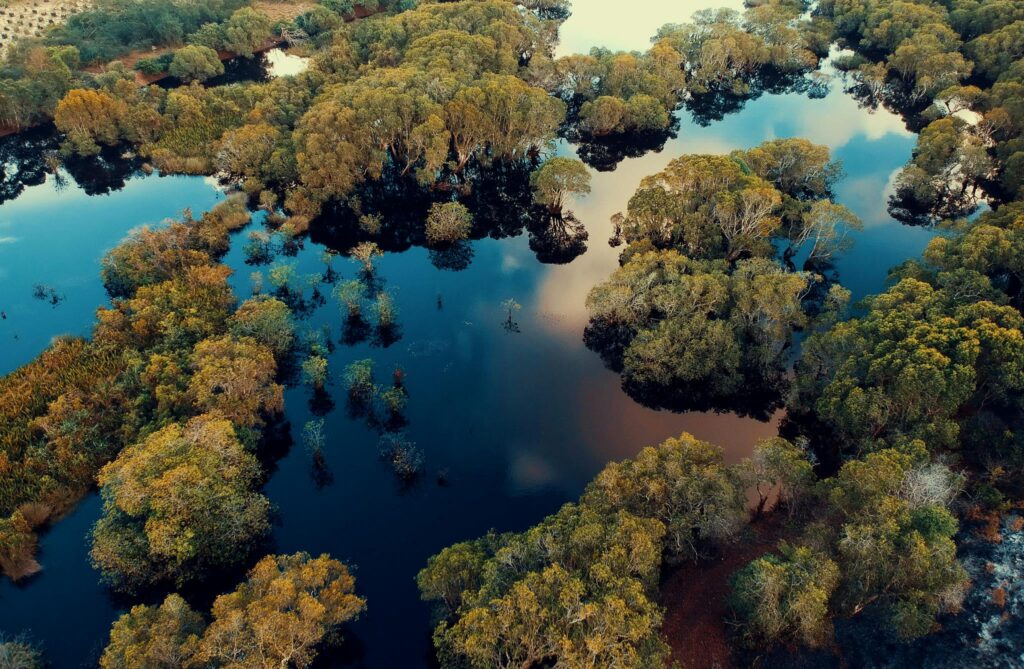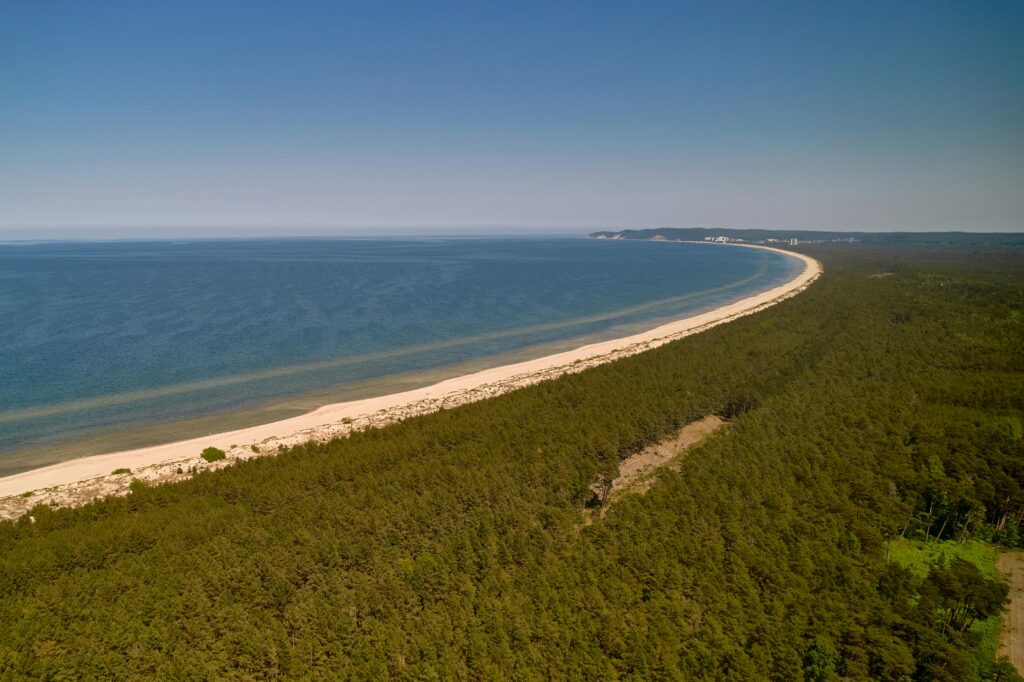Fig. 1
Social Acceptance
This refers to public support for ocean-based renewable energy technologies, like offshore wind and tidal power. It involves addressing community concerns, highlighting economic benefits, and engaging stakeholders to ensure the projects are understood and accepted by local communities. This fosters collaboration for successful integration into coastal economies and societies.
Fig. 2
Economic Viability
This focuses on the financial sustainability of marine energy projects. It involves evaluating costs, funding models, and market potential to ensure that ocean-based energy technologies are economically feasible, competitive, and can contribute to long-term growth in coastal economies.
Fig. 3
Environmental Sustainability
This ensures that ocean-based energy technologies minimize negative impacts on marine ecosystems while providing clean, renewable power. It emphasizes the importance of maintaining biodiversity and preserving natural resources for future generations.
Fig. 1 Mudassir Ali. (2018, November 1). Arial View Photography of Houses Near Body of Water [Photo-1556883] [Photograph]. Pexels. https://www.pexels.com/photo/1556883
Fig. 2 Pok Rie. (2018, March 7). Arial View Photography of Green Leaf Trees Surrounded by Body of Water at Daytime [Photo-927745] [Photograph]. Pexels. https://www.pexels.com/photo/927745
Fig. 3 Tomasz Krysiak. (2025, February 16). Scenic Arial View of Beach and Forest [Photo-30758981] [Photograph]. Pexels. https://www.pexels.com/photo/30758981




